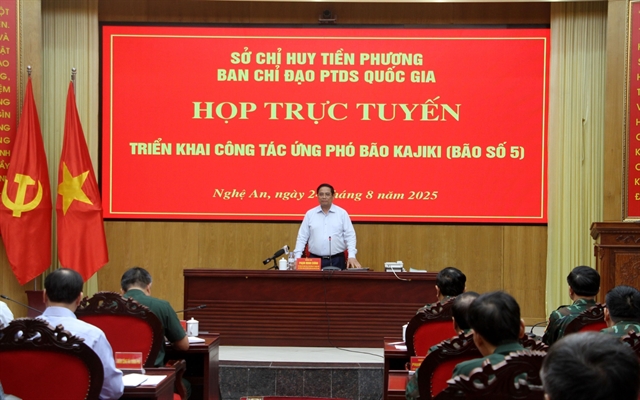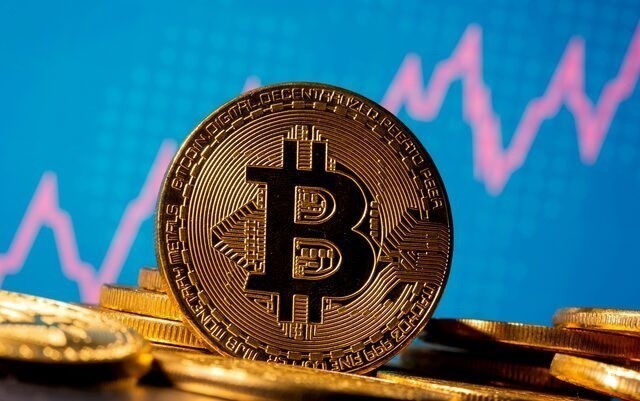

Central bank tightens lending for property sector
To take effect on January 1, the new Circular No 22 issued by the State Bank of Việt Nam focuses on two changes that will tighten banks’ lending to the property sector.


To take effect on January 1, the new Circular No 22 issued by the State Bank of Việt Nam focuses on two changes that will tighten banks’ lending to the property sector.
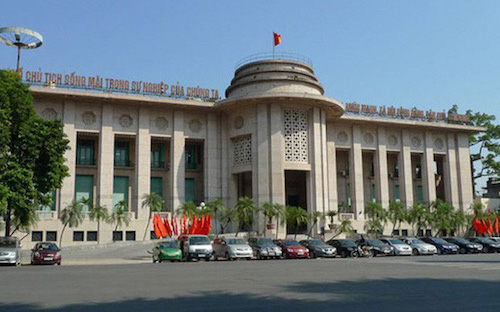

Japan’s Watabe Wedding Corporate recently signed an agreement with Empire Group Việt Nam to organise wedding ceremonies for 1,000 Japanese couples in the latter’s Cocobay Complex in Đà Nẵng in the next three years, and the figure is expected to increase to 16,000 in the next 10 years.




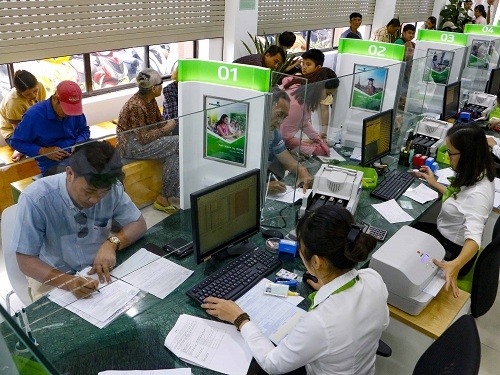
Banks with a relatively good performance and financial situation can easily adopt Basel II standards whereas it is difficult for those facing financial difficulties.


From October 1 lenders including banks will not be allowed to provide medium- and long-term foreign currency loans to businesses to pay for imports. Many market observers said this is the State Bank of Việt Nam’s final step in its fight against dollarisation.

The money market is seeing the first signs of loosening though the State Bank of Việt Nam has yet to make a decision on reducing benchmark interest rates.
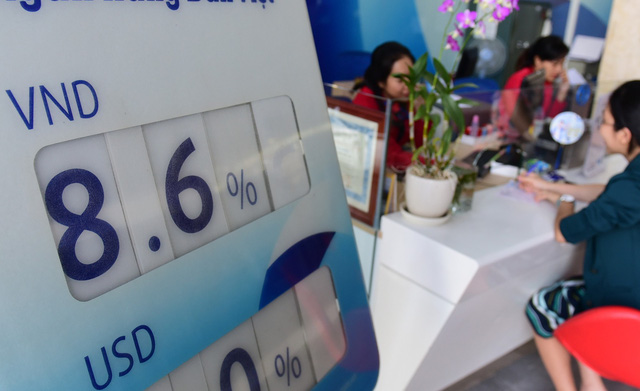
Soon after the US announced a 0.25 per cent cut in the benchmark interest rate on July 31 seven Vietnamese banks, including State-owned lenders, announced a cut in interest rates on đồng loans of at least 0.5 per cent to firms in the Government’s priority sectors.


Economists said the State-owned sector’s tardy growth reveal an imbalance between business results (revenue) and investment including assets and capital used for production.

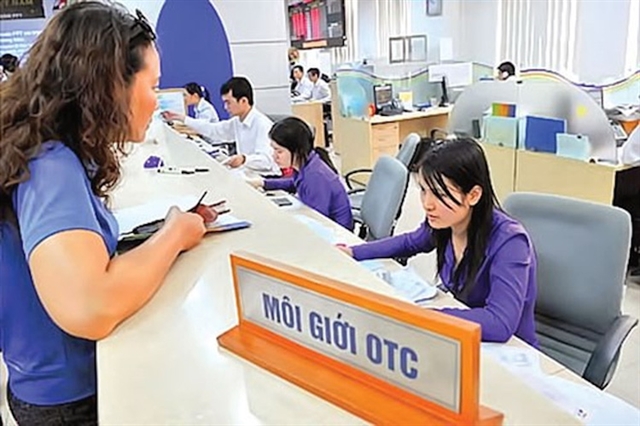

Some shipping companies have stopped operating on inefficient overseas routes and are instead using their vessels domestically, significantly reducing costs.

At the annual general meeting of Vietnam International Bank (VIB) in HCM City on March 28, shareholders approved a dividend of 26.5 per cent for 2019, including 5.5 per cent in cash and the rest in shares.


A question being asked by many experts now is why banks are joining a race to increase deposit interest rates though there is no ostensible liquidity shortage.


